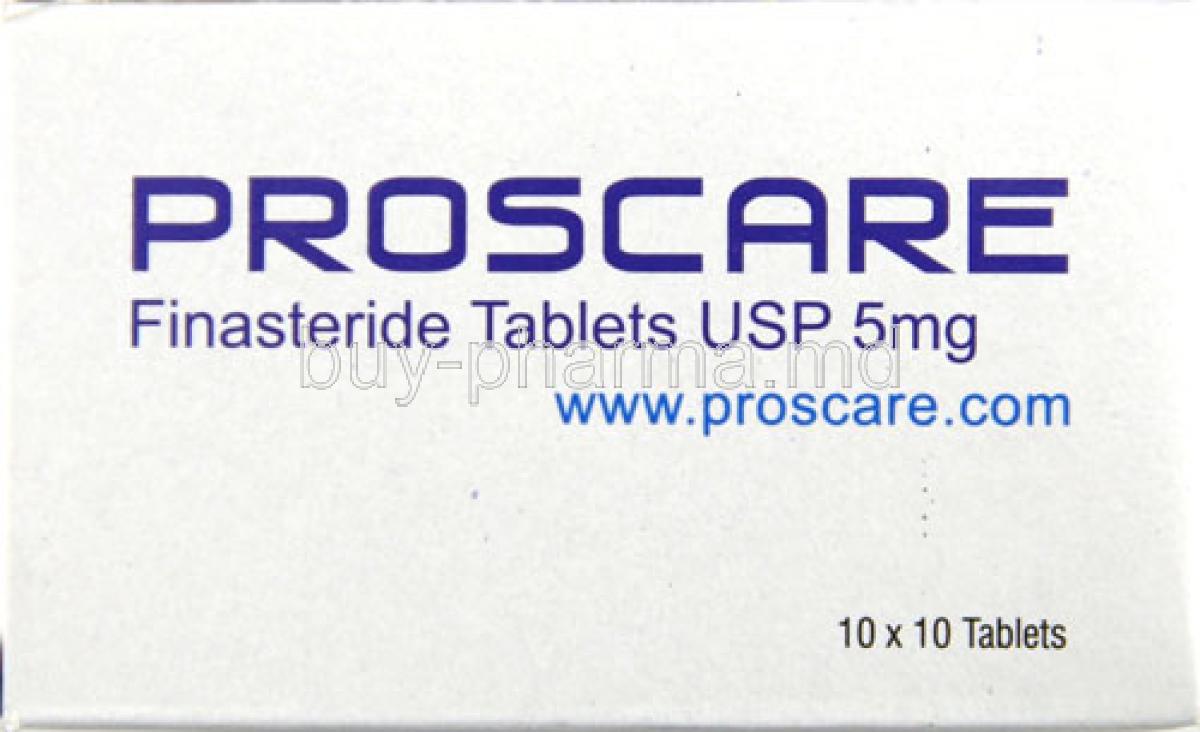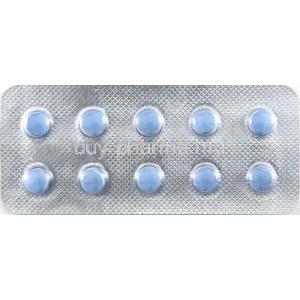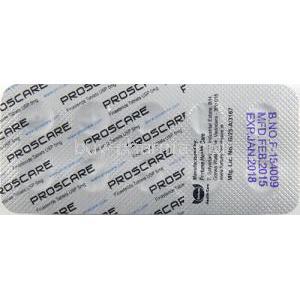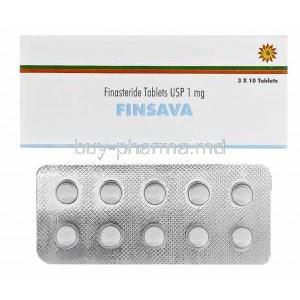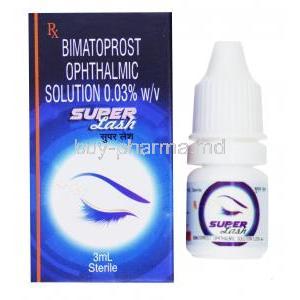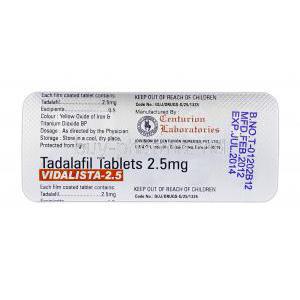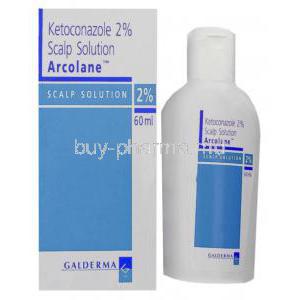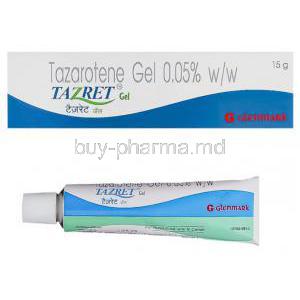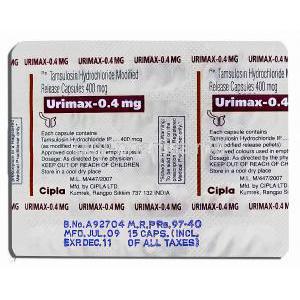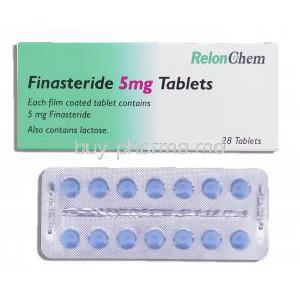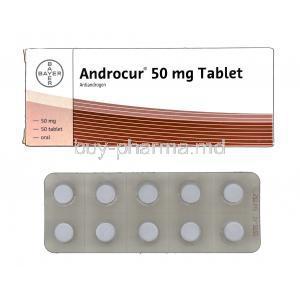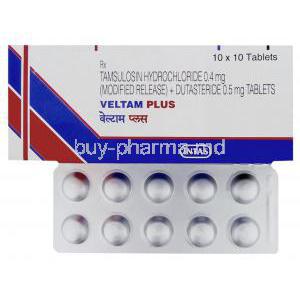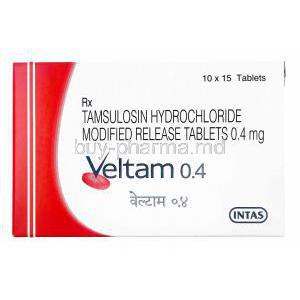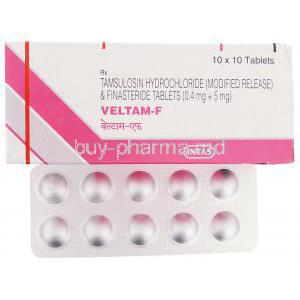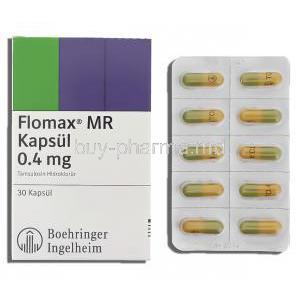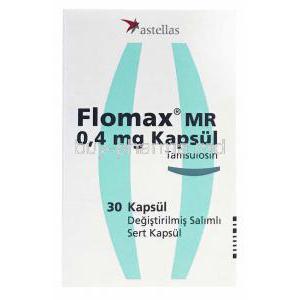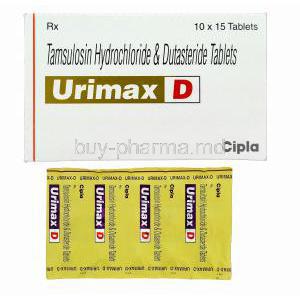1. Introduction to Proscare (Finasteride)
Overview of Proscare and Its Therapeutic Classification
Proscare is a pharmaceutical formulation containing finasteride, a synthetic 4-azasteroid compound that selectively inhibits the Type II isoform of 5-alpha reductase. This enzymatic blockade results in decreased conversion of testosterone to dihydrotestosterone (DHT), a key androgen involved in prostatic and hair follicle physiology. Proscare is classified as a 5-alpha reductase inhibitor and is primarily utilized in the treatment of androgen-dependent conditions.
Historical Development and Approval Timeline
Finasteride was first approved by the U.S. Food and Drug Administration (FDA) in 1992 for the treatment of benign prostatic hyperplasia (BPH) under the brand name Proscar. In 1997, it gained approval for androgenetic alopecia (male pattern baldness) under the brand name Propecia. Proscare emerged as a cost-effective generic alternative following patent expiry, retaining the same pharmacodynamic and pharmacokinetic profile.
Brand vs. Generic Comparison: Proscare and Propecia/Proscar
Proscare offers the same therapeutic efficacy as Propecia and Proscar but at a significantly reduced cost. It is bioequivalent in terms of absorption, onset, and potency. While Propecia (1 mg finasteride) is marketed for hair loss, Proscar (5 mg finasteride) is used for BPH. Proscare is available in corresponding dosages, suitable for substitution under medical guidance.
Prescription Status and Availability Worldwide
Proscare is a prescription-only medication in most countries due to its hormonal mechanism and potential teratogenic effects. It is widely available in tablet form across Europe, Asia, North America, and Australia. Regulatory approval varies, but it is generally recognized as a safe and effective treatment when used under professional supervision.
2. Medical and Off-Label Uses of Proscare
2.1 FDA-Approved Uses
- Treatment of Benign Prostatic Hyperplasia (BPH): Proscare helps reduce prostate volume, alleviating symptoms such as urinary retention, nocturia, and weak stream. It also lowers the risk of acute urinary retention and the need for surgical intervention.
- Treatment of Male Pattern Hair Loss (Androgenetic Alopecia): At a daily dose of 1 mg, Proscare promotes hair regrowth and prevents further hair loss in men aged 18–41 with mild to moderate thinning at the vertex and anterior mid-scalp area.
2.2 Off-Label and Investigational Uses
- Prostate Cancer Prevention: Some clinical trials suggest a reduced incidence of low-grade prostate cancer with finasteride, but concerns about increased detection of high-grade cancer limit routine prophylactic use.
- Hirsutism in Women: Under strict specialist supervision, finasteride has been used off-label to manage androgen excess in women presenting with hirsutism, especially when first-line treatments fail.
- Transgender Hormone Therapy: Finasteride is used to suppress androgenic features in transgender women as part of feminizing hormone regimens.
- PCOS-Related Hair Disorders: Some endocrinologists prescribe Proscare to address androgenic alopecia and hirsutism in women with polycystic ovary syndrome, although this remains an off-label application.
3. Mechanism of Action: How Finasteride Works
Inhibition of 5-Alpha Reductase Enzyme (Type II)
Finasteride specifically inhibits Type II 5-alpha reductase, the enzyme responsible for converting testosterone into its more potent form, dihydrotestosterone (DHT). This inhibition is tissue-selective, targeting the scalp and prostate predominantly.
Reduction of Dihydrotestosterone (DHT) Levels
By blocking the enzymatic activity, Proscare leads to a systemic reduction of DHT levels by up to 70%. DHT is implicated in the pathophysiology of prostate enlargement and hair follicle miniaturization.
Physiological Effects on Hair Follicles and Prostate Tissue
- In the scalp, reduced DHT prevents follicular shrinkage, encouraging thicker and denser hair growth. - In the prostate, lowered DHT results in glandular shrinkage, relieving pressure on the urethra and improving urinary flow.
Duration Until Noticeable Clinical Improvement
- For BPH: Symptom relief may be observed within 6 months. - For alopecia: Hair regrowth typically begins after 3–6 months, with maximal results by 12 months.
4. Dosage and Administration Guidelines
4.1 Recommended Dosage for BPH
- Standard dose: 5 mg orally once daily. - Treatment duration: Continuous long-term therapy is recommended to maintain benefits. - Periodic re-evaluation of PSA and prostate volume is advised.
4.2 Recommended Dosage for Male Pattern Hair Loss
- Standard dose: 1 mg orally once daily. - Results are typically observed within 3–6 months. - Discontinuation leads to reversal of hair gains within 12 months.
4.3 Administration Tips
- Can be taken with or without meals. - If a dose is missed, skip it—do not double dose. - Swallow the tablet whole; do not crush or break due to potential absorption through the skin.
5. Composition and Formulation of Proscare
- Active Ingredient: Finasteride (1 mg or 5 mg, depending on indication).
- Available Strengths and Appearance: Typically available as round or oval tablets, color-coded by strength.
- Inactive Ingredients: May include lactose monohydrate, starch, cellulose, and magnesium stearate.
- Film-Coating: Tablets are film-coated to prevent accidental dermal exposure and degradation by gastric acid.
6. Potential Side Effects of Proscare
6.1 Common Side Effects
- Decreased libido
- Erectile dysfunction
- Reduced ejaculatory volume
- Gynecomastia (breast enlargement or tenderness in men)
6.2 Less Common or Serious Side Effects
- Mood alterations including depression or anxiety
- Hypersensitivity reactions: rash, pruritus, facial edema
- Testicular pain
- Presence of breast lumps or nipple discharge (evaluate for malignancy)
6.3 Long-Term Safety Concerns
- Post-Finasteride Syndrome (PFS): A debated condition characterized by persistent sexual, neurological, and physical symptoms following discontinuation.
- Fertility Concerns: Studies suggest potential reversible effects on sperm quality and semen volume with high doses or prolonged use.
7. Drug Interactions and Compatibility
- Co-administration with other 5-alpha reductase inhibitors (e.g., dutasteride) may amplify effects but is not routinely recommended.
- Androgen supplementation (e.g., testosterone) may counteract Proscare’s efficacy.
- Used in combination with alpha-blockers like tamsulosin in BPH for additive benefits.
- Potential interaction with antidepressants impacting libido or erectile function.
8. Contraindications: When Proscare Should Not Be Used
- Known hypersensitivity to finasteride or any tablet component
- Use in women, particularly those who are pregnant or may become pregnant
- Pediatric use is not indicated
- Patients with moderate to severe hepatic impairment
- History of hormone-sensitive cancers such as male breast cancer
9. Warnings and Precautions Before Use
- Pregnancy Handling Risk: Finasteride is teratogenic. Crushed or broken tablets must not be handled by pregnant women due to risk of male fetal abnormalities.
- PSA Monitoring: Proscare reduces serum PSA levels, potentially masking early prostate cancer. PSA results should be interpreted with caution.
- Prostate Cancer Masking: A digital rectal exam and additional diagnostics may be required to exclude malignancy.
- Hepatic Considerations: Use with caution in patients with liver disease; monitor liver function periodically if clinically warranted.
10. Careful Administration in Special Populations
10.1 Administration in Elderly Patients
Elderly individuals, particularly those over the age of 65, often exhibit altered pharmacokinetics due to age-related physiological changes. While Proscare (finasteride) does not typically require dosage adjustment solely based on age, caution is warranted in patients with coexisting renal or hepatic dysfunction.
- Dosage Considerations: The standard dose of 5 mg/day for BPH and 1 mg/day for hair loss is generally well-tolerated in geriatric patients, though individualized risk assessments are recommended.
- Prostate Monitoring: Periodic evaluations including digital rectal examination (DRE), prostate-specific antigen (PSA) testing, and urinary symptom assessment should be conducted to monitor treatment efficacy and detect early malignancy signs.
10.2 Administration in Women and Nursing Mothers
Proscare is strictly contraindicated in women who are pregnant or may become pregnant. Finasteride can be absorbed through the skin and poses a severe teratogenic risk to male fetuses, leading to external genital abnormalities.
- Teratogenicity: Even minimal dermal exposure to crushed or broken tablets by pregnant women can result in developmental defects. Handling precautions must be strictly observed.
- Use in Lactation: The excretion of finasteride in human breast milk is unknown; however, due to potential systemic hormonal effects, the medication is not approved for use in breastfeeding women under any circumstances.
10.3 Administration in Children and Adolescents
The safety and efficacy of finasteride in pediatric patients have not been established through controlled trials. Therefore, the drug should not be administered to individuals under 18 years of age.
- Pediatric Safety Data: Lack of robust clinical evidence and concerns about hormonal disruption preclude pediatric use.
- Regulatory Position: Proscare is not indicated for adolescents or children, regardless of the underlying condition, due to potential risks to endocrine development.
11. Storage and Handling Precautions
- Storage Conditions: Proscare tablets should be stored at controlled room temperature (15°C to 30°C), away from excessive humidity and direct sunlight. Blister packs must remain sealed until use to prevent degradation.
- Household Safety: Tablets must be stored in a secure location, inaccessible to children and especially to pregnant women. Proper labeling and containment are essential to minimize accidental exposure.
- Tablet Integrity: Tablets should not be crushed, broken, or chewed. Doing so may increase the risk of dermal or mucosal absorption, especially for sensitive populations.
- Disposal Guidelines: Unused or expired Proscare tablets should be disposed of through approved pharmaceutical take-back programs or according to local waste management protocols. Do not flush down toilets or discard with household trash.
12. Overdose and Emergency Measures
Reported Cases and Clinical Consequences
To date, no life-threatening consequences have been reported following acute overdose of finasteride. Doses of up to 80 mg/day for short durations have been administered without serious adverse events.
Symptoms to Watch For
Though overdose is generally well-tolerated, potential symptoms may include:
- Hormonal imbalance signs such as breast tenderness or enlargement
- Sexual dysfunction
- Unusual fatigue or dizziness
Recommended Medical Response
There is no specific antidote for finasteride. Management involves supportive care:
- Monitoring vital signs and general clinical status
- Observation for delayed hormonal effects
- Symptomatic treatment based on presenting complaints
Activated charcoal is generally not necessary unless multiple agents were ingested or exposure was recent.
13. Patient Counseling and Important Precautions
- Long-Term Adherence: Patients should be counseled that Proscare must be taken consistently, once daily, to maintain therapeutic benefits. Interruption or discontinuation typically reverses gains within 9 to 12 months.
- Expected Timeline: For BPH, improvement may take 6 months; for hair loss, noticeable effects are usually seen after 3–6 months, with optimal outcomes at 12 months.
- Sexual Side Effects: Prior to initiation, patients should be informed of the potential for sexual dysfunction, including reduced libido and erectile issues. These effects are generally reversible upon cessation but may persist in rare cases.
- Monitoring Requirements: For men using Proscare for BPH, routine follow-up with PSA testing and prostate exams is essential. Patients using it for alopecia should report any new symptoms such as breast changes, depression, or testicular pain.

